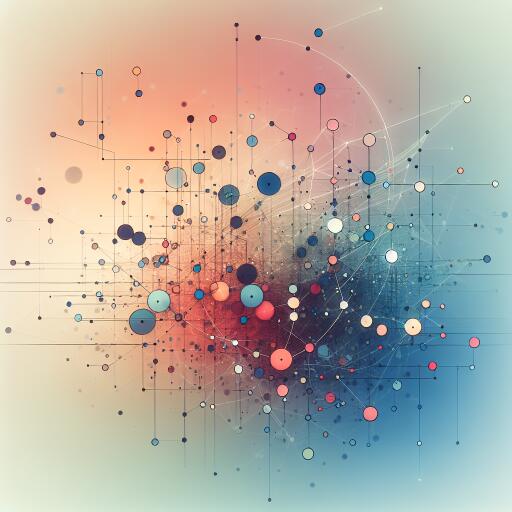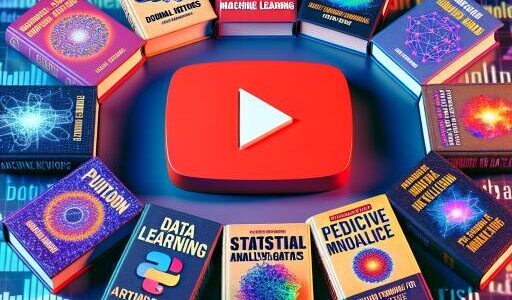Understanding Graph Representation in the Modern Data Landscape
The landscape of Machine Learning (ML) is perpetually evolving, with innovations steering the direction towards more sophisticated and efficient data processing techniques. Among these developments, the concept of graph representation emerges as a critical advancement, addressing challenges that traditional centralized or federated machine learning architectures struggle with. This progression is not just a matter of technological advancement but a response to the increasing complexities in our digital ecosystem.
At the forefront of these complexities are the burgeoning numbers of IoT (Internet of Things) devices, each contributing a stream of data that is vast and continuous. This data deluge is further complicated by growing concerns over privacy and security, as well as the recognition of graph-structured data’s significance. Graph Representation Learning (GRL) offers a promising avenue to navigate these challenges, presenting opportunities for innovation in how we process, analyze, and leverage data in machine learning.
Decentralized Architectures: Bridging the Gap
Traditional machine learning models, predominantly centralized or federated, often fall short when it comes to handling the nuances of modern data ecosystems. Centralized ML architectures, for instance, require the aggregation of data from various sources into a single location. This not only raises concerns about privacy and security but also becomes impractical with the exponential growth of data from IoT devices. Federated learning, on the other hand, allows for model training on local datasets without the need to share them. However, it doesn’t entirely alleviate privacy concerns and faces significant challenges in managing graph-structured data.
Graph-structured data is becoming increasingly common, driven by the interconnectivity inherent in social networks, biological networks, and communication networks, to name a few examples. These graphs capture relationships and interactions in a way that traditional tabular data cannot, offering richer insights and predictive power. Graph Representation Learning stands out in this context, focusing on learning low-dimensional embeddings of nodes, edges, and their attributes in a way that preserves the graph’s structural information.
The Rise of Graph Representation Learning
GRL is not merely an alternative approach but a necessity for dealing with graph-structured data. It transcends the limitations of conventional ML models by enabling the processing of data that is not naturally suited to tabular or sequential formats. Through GRL, machines can understand and exploit the patterns within graphs, paving the way for advancements in areas like recommendation systems, fraud detection, and network security.
The importance of GRL is further underscored by its ability to address privacy and security concerns. By focusing on the representation of graphs rather than on the raw data itself, GRL can facilitate more privacy-preserving data analysis techniques. This is particularly relevant in scenarios where data is sensitive, such as in healthcare or financial services, where the relationships between data points can be as critical as the data itself.
Conclusion
The shift towards graph representation learning reflects a broader trend in machine learning and data processing – one that favors adaptability, efficiency, and privacy. As our digital ecosystem grows in complexity, with more devices, more data, and more interconnected systems, the need for innovative approaches like GRL becomes undeniable. By harnessing the power of graph-structured data, we open up new frontiers in machine learning, enabling models to learn from data in ways that were previously unimaginable.
In conclusion, the evolution of machine learning architectures towards embracing graph representation is not merely a technical adjustment but a strategic response to the changing dynamics of data. It represents a step forward in our quest to derive meaningful insights from the vast and varied data landscapes of the digital age. As researchers and practitioners continue to explore the possibilities of Graph Representation Learning, we can expect to see more sophisticated, secure, and efficient models that are capable of handling the complexities of today’s data challenges.










